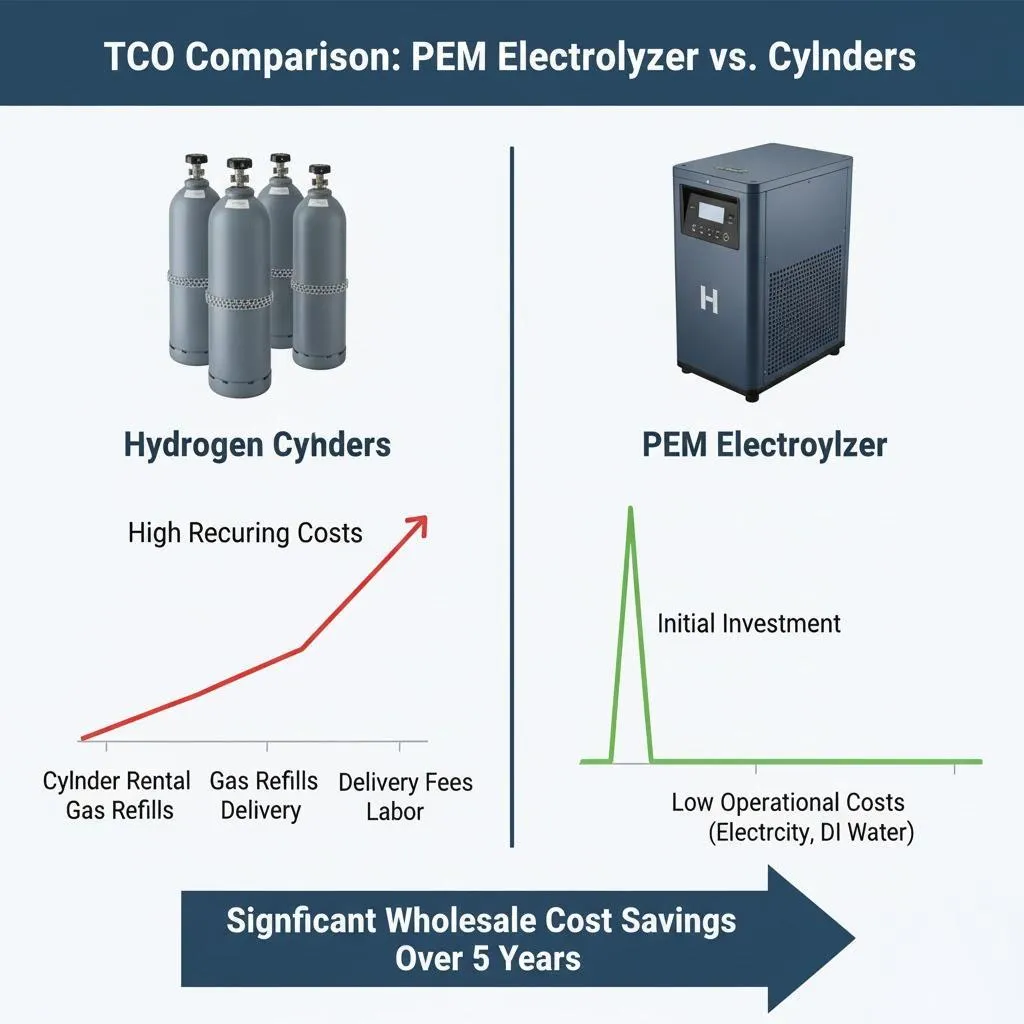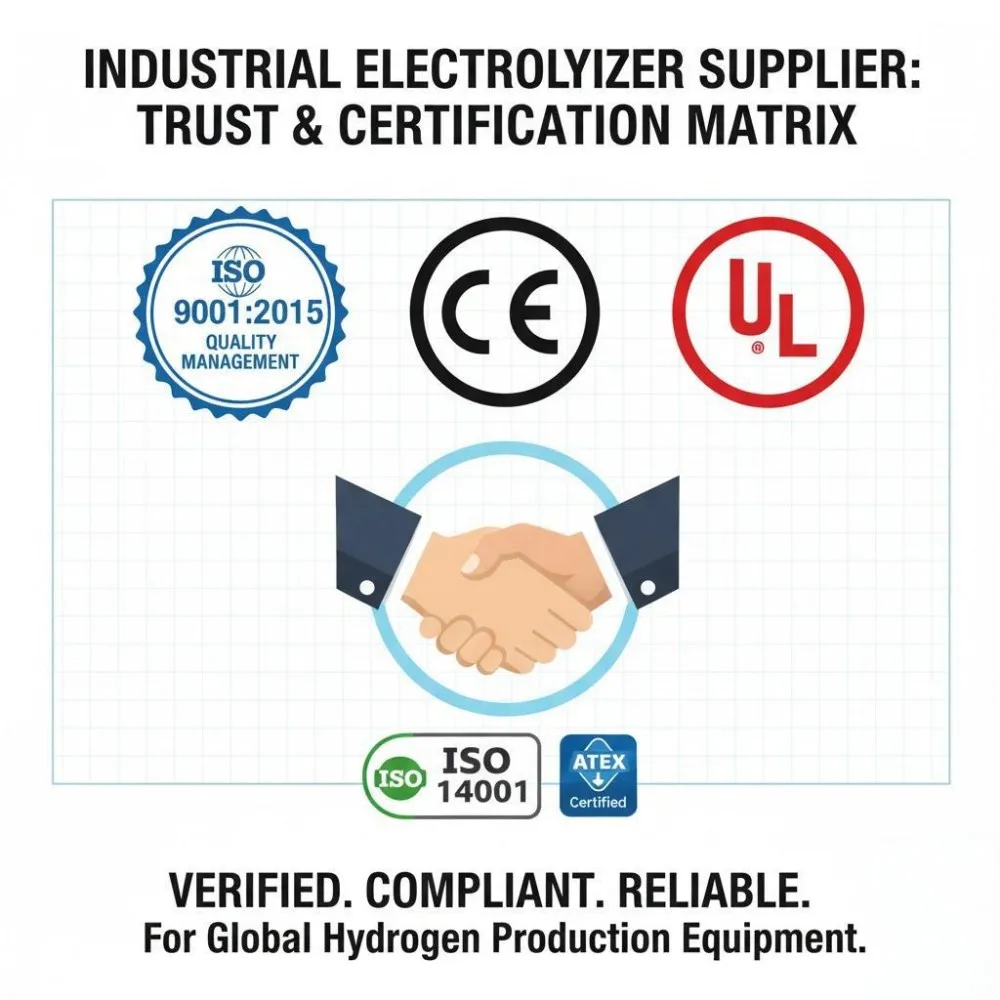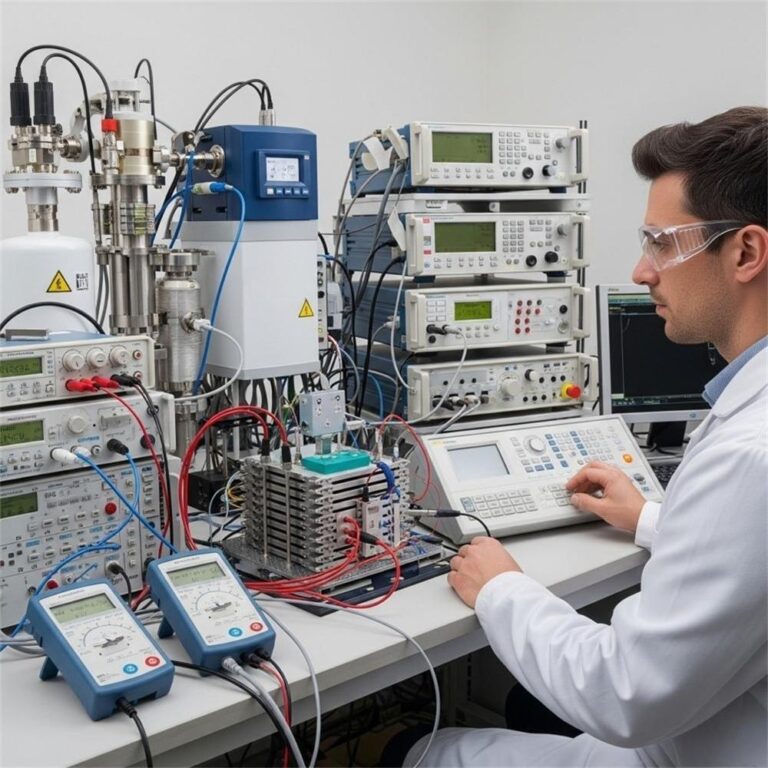Understanding PEM Technology and Its Advantages
What Is Proton Exchange Membrane (PEM) Technology?
Proton Exchange Membrane (PEM) technology represents a breakthrough in hydrogen production, primarily through electrolysis. In this process, water (H₂O) is split into hydrogen (H₂) and oxygen (O₂) using an electric current. The heart of the PEM system is the membrane itself, a specially designed polymer that conducts protons while acting as a barrier to gases.
PEM electrolyzers are celebrated for their compactness, responsiveness to variable power sources, and capability to operate at lower temperatures compared to traditional alkaline electrolyzers. This makes them a top choice for high-efficiency, sustainable hydrogen generation today.
Key Advantages Over Traditional Hydrogen Production Methods
PEM technology offers several competitive advantages:
- Higher Purity Hydrogen: PEM systems generate hydrogen with extremely high purity, often exceeding 99.999%.
- Dynamic Operation: They can quickly ramp up or down, matching fluctuating energy supplies like solar and wind.
- Compact Footprint: PEM stations are more space-efficient, making them ideal for urban or constrained environments.
- Lower Maintenance Needs: Fewer moving parts and robust membranes contribute to reduced maintenance schedules.
Environmental and Sustainability Benefits
In an era dominated by the need for decarbonization, PEM hydrogen generation stands out as a green technology. When powered by renewable energy sources, PEM stations produce truly “green hydrogen,” helping cut down on greenhouse gas emissions and promoting energy independence.
Essential Components of a PEM Hydrogen Generator Station
Core Components Overview
A PEM hydrogen generator station integrates multiple advanced systems working in unison to ensure high efficiency and safety.
PEM Electrolyzers
At the core, PEM electrolyzers carry out the electrochemical reaction to split water. Modern models are designed for high throughput and extended service life.
Water Purification Systems
Since electrolyzers require ultra-pure water, stations include systems to remove impurities that could damage the membranes or catalysts.
Power Management Units
Handling fluctuating energy inputs, especially from renewable sources, is crucial. Smart power electronics optimize current delivery to the electrolyzers for best performance.
Gas Compression and Storage Systems
Produced hydrogen needs to be compressed for storage or distribution. Compression units and safe storage tanks are vital station elements.
Station Design: Building for Maximum Efficiency
Modular and Scalable Designs
Today’s PEM hydrogen generator stations are often modular. This means facilities can start small and scale up over time, based on demand and available power.
Integration with Renewable Energy Sources
Efficient design ensures seamless coupling with solar farms, wind turbines, and other renewables, enabling cost-effective green hydrogen production.
Safety Systems and Standards
Given hydrogen’s highly flammable nature, stations are equipped with sensors, ventilation systems, and automatic shutdown protocols. Compliance with international standards like ISO 22734 ensures safe operation.
Defining and Measuring Efficiency in PEM Stations
Energy Conversion Efficiency Metrics
Efficiency is typically measured by the ratio of energy stored in the produced hydrogen to the total energy consumed by the system. Current state-of-the-art PEM electrolyzers achieve efficiencies up to 80%.
Factors Influencing Efficiency
- Electrolyzer design
- Membrane conductivity
- Operating temperature
- Power source variability
Best Practices for Optimal Performance
Maintaining optimal water quality, regular system checks, and using predictive maintenance technologies are essential for preserving high efficiency.
Applications of PEM Hydrogen Generator Stations in Energy Storage
Balancing Grid Supply and Demand
PEM hydrogen stations can store excess energy from renewable sources, mitigating supply fluctuations and enhancing grid stability.
Supporting Renewable Energy Penetration
By storing excess green energy as hydrogen, PEM stations facilitate greater integration of renewables into the energy mix.
Industrial and Transportation Sector Applications
Industries like steel manufacturing and sectors like heavy transportation are already tapping into hydrogen for decarbonization. PEM generator stations are key enablers of this transition.
Future Trends and Innovations in PEM Hydrogen Stations
Advances in Membrane and Catalyst Technology
Research is pushing toward membranes with higher proton conductivity and catalysts with lower precious metal content, aiming to further reduce costs.
Smart Grid Integration and IoT Monitoring
IoT-driven monitoring allows for real-time performance tracking, predictive maintenance, and smarter energy dispatching in integrated grids.
Global Expansion and Market Forecasts
Experts predict rapid expansion, especially in Europe, Asia, and North America, with the PEM electrolyzer market expected to reach multi-billion-dollar valuations by 2030.
FAQs About High-Efficiency PEM Hydrogen Generator Stations
How does PEM technology improve hydrogen generation efficiency?
PEM technology enables faster response times, better scalability, and higher purity outputs, translating into superior operational efficiency compared to older technologies.
What are the cost implications of setting up a PEM station?
While initial capital investment can be significant, operational savings, longer system life, and falling technology costs make it a highly viable long-term investment.
How scalable are PEM hydrogen generator stations?
Thanks to modular designs, PEM stations can easily scale from small installations to multi-megawatt systems without extensive redesigns.
Can PEM stations operate off-grid?
Absolutely. With proper energy storage and generation setups like solar and battery systems, PEM stations can function independently of traditional power grids.
What is the lifespan of a PEM electrolyzer?
Most PEM electrolyzers are designed to last over 60,000 operational hours, depending on maintenance and operational conditions.
How is safety managed at a PEM hydrogen generator station?
Stations incorporate multiple layers of safety, including automatic shutdowns, hydrogen leak detectors, pressure relief systems, and rigorous adherence to international safety standards.
Conclusion: PEM Hydrogen Generator Stations – The Road to a Greener Future
As the world races toward decarbonization, high-efficiency PEM hydrogen generator stations stand at the forefront of the energy transition. Offering unmatched efficiency, flexibility, and sustainability, they are poised to revolutionize how we produce, store, and utilize energy. With continuous innovation and growing global investment, the future looks bright—and green.







